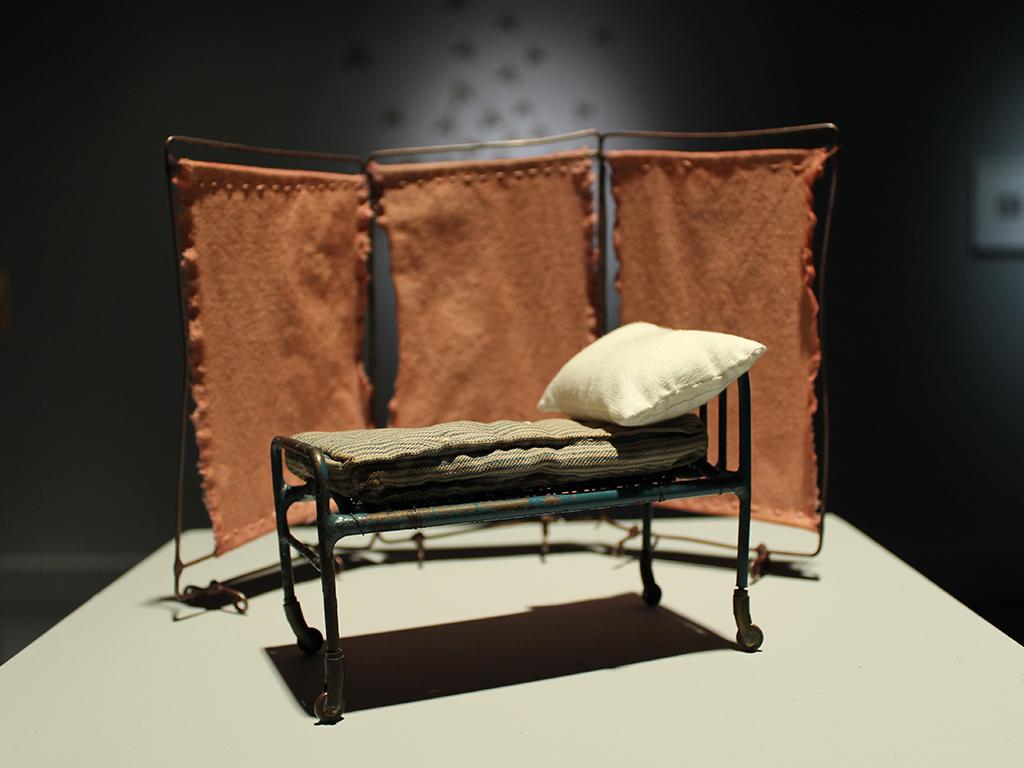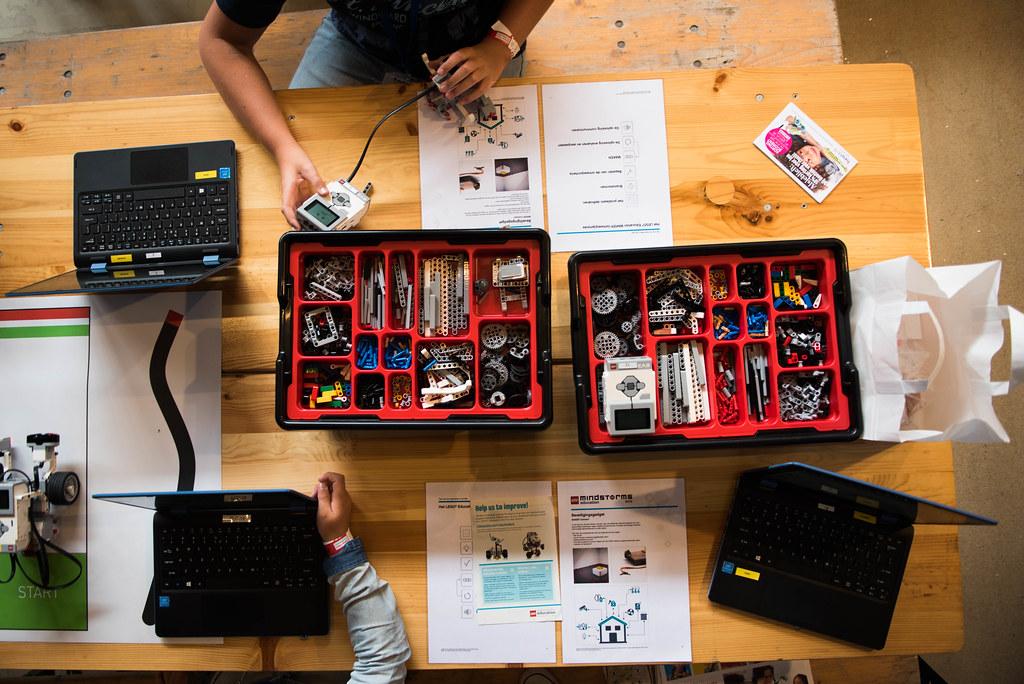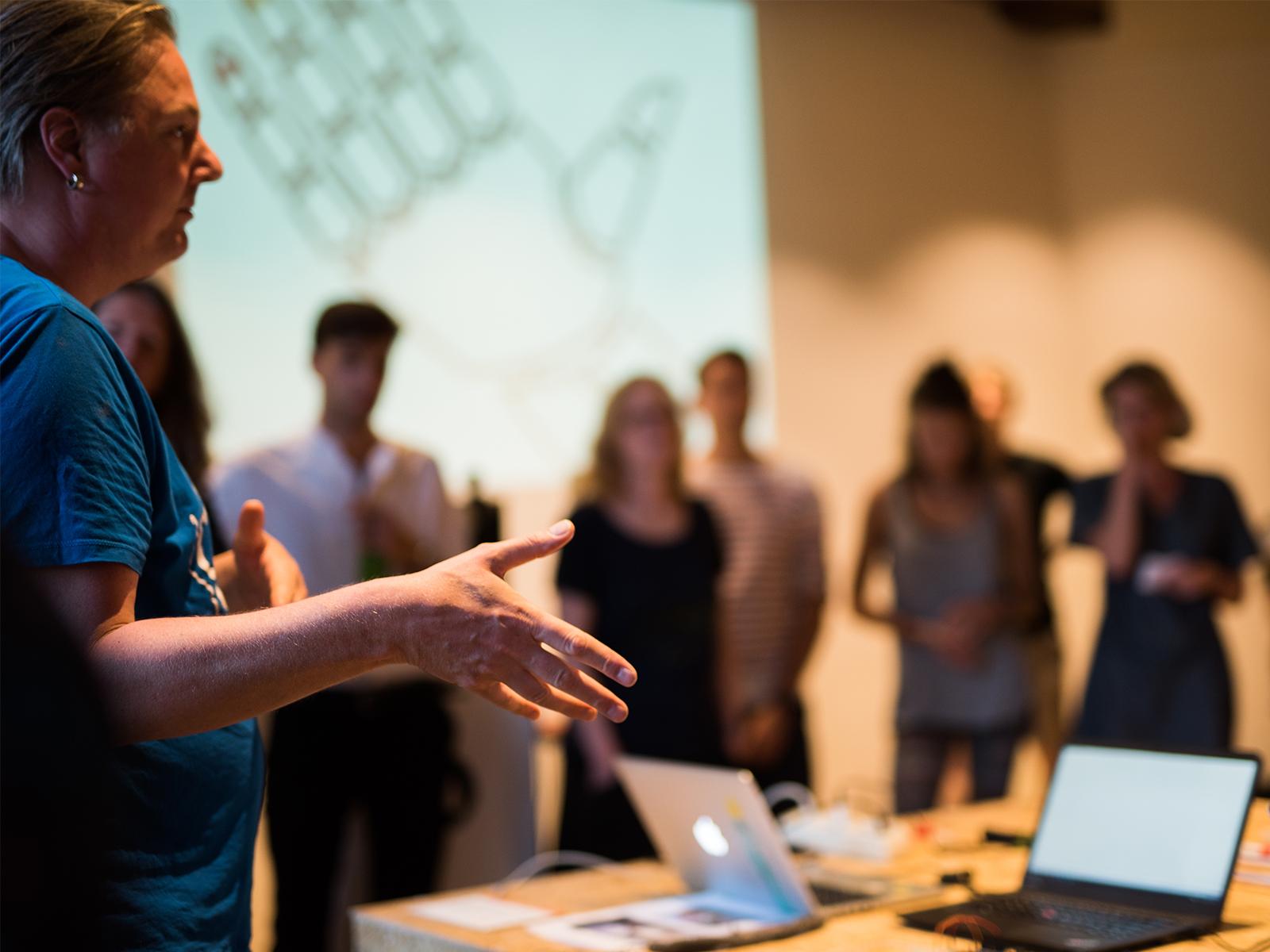I'm surprised to see that many eHealth applications are actually not finding their way into daily practice. This formed one of the reasons to 'lock myself up' to conduct a research in Hermance (Switzerland), from February until April 2017, at the Brocher Foundation.
There is jungle of technological applications out there, from measuring your vital functions (heartbeat, blood pressure, glucose level) on your smartphone to an artificial pancreas, that supports diabetes patients. But one of the reasons that many eHealth apps have not yet become established is that they do not properly meet the needs of patients and healthcare professionals. What exactly are the conditions for these applications to support both groups in managing chronic diseases?
My curiosity led me to the applications that are successfully used to support cancer patients and their healthcare professionals. I selected thirteen examples, like those that facilitate remote consults, revalidation at home, retrieving online information, measuring vital body functions and sharing the results with a specialist online. These examples formed the foundation to formulate the conditions that eHealth applications preferably should comply with.
The results were published in July 2017 in the Journal for Participatory Medicine (JOPM). These conditions speak for themselves one might say, but still many applications disappoint in this respect. Is it not logical to think that eHealth applications should contribute to the quality of the patients' life, that they are tailor-made for the patient, that patient and doctor can take their decisions together and that the application makes the healthcare process more efficient? But in general, no, that is not yet the case.
It is the nature of research that it raises new questions, but that is a fact of life for a researcher. Further investigation is necessary how to design eHealth applications that really support patients and doctors in managing chronic diseases. To be continued...
With many thanks to the Brocher Foundation, and the Dutch foundation Preventie Vroegdiagnostiek who made this research possible.


